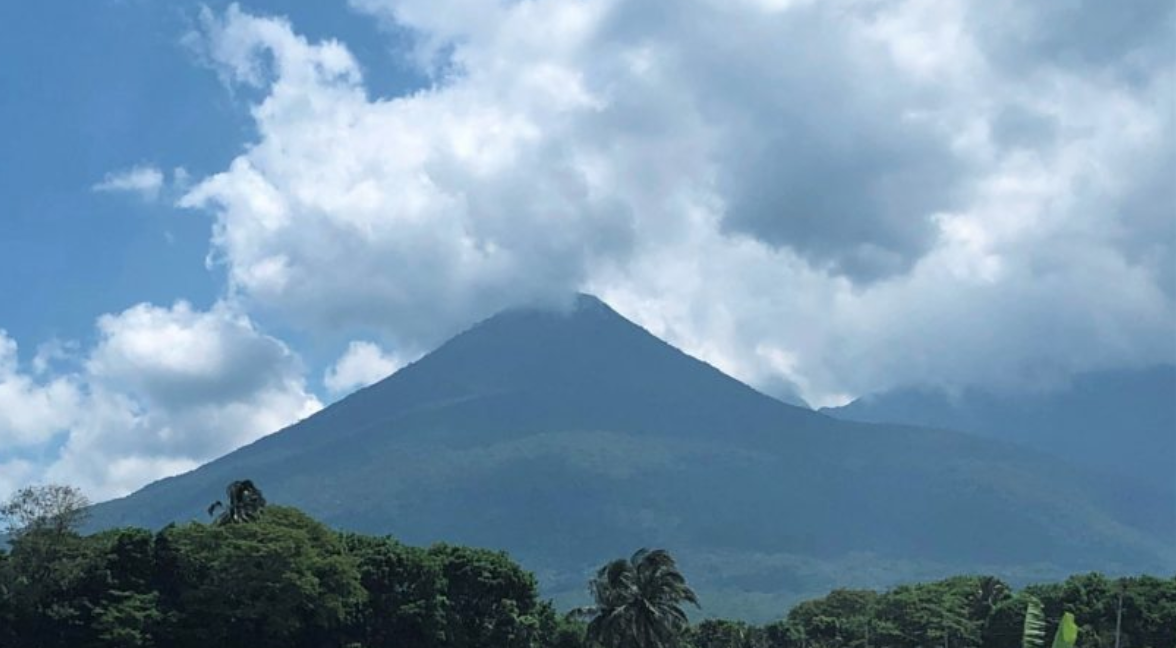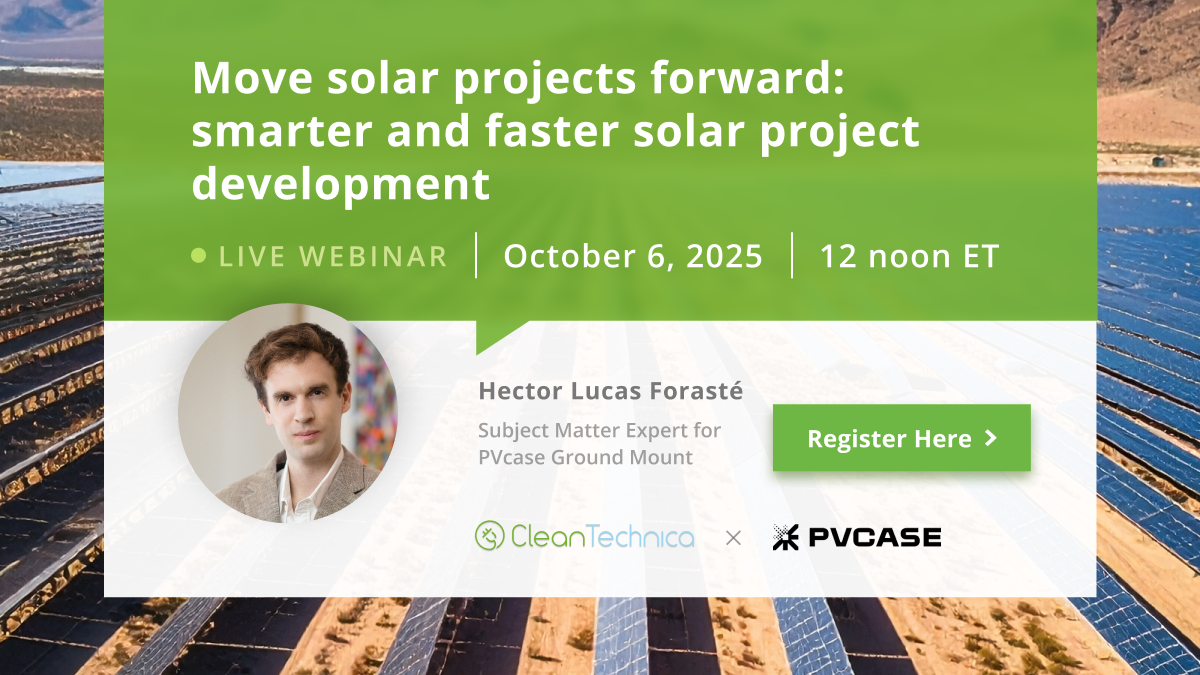Support CleanTechnica’s work through a Substack subscription or on Stripe.
The Philippines’ aggressive pursuit of a clean energy future has collided with a profound issue of environmental justice and cultural preservation centered on the proposed Banahaw Wind Power Project. GIGAWIND4, INC., a subsidiary of the Ayala Group’s listed energy platform ACEN Corp., is advancing plans for the massive P34.5 billion ($59.303 million) 247-megawatt (MW) facility in Quezon Province, some 120 kilometers from Manila.
The Ayala-owned ACEN Corp., which also owns a solar farm in Alaminos, Laguna, said the project is a critical stride toward meeting the national goal of increasing the renewable energy share to 35% by 2030, promising to stabilize the Luzon grid and deliver significant economic benefits to host communities.
However, the chosen site near Mount Banahaw has ignited intense and well-organized opposition.
I live just 18 kilometers from Banahaw and can see the east side of the mountain, called the Lucban Overflow. It sits beside another mountain called San Cristobal. Both can be viewed from the Sampalok Lake, one of seven crater lakes in my hometown of San Pablo, Laguna.
The sacred mountain and a “great irony”
The heart of the controversy lies in the mountain’s status as a sacred and protected landscape. Mount Banahaw is far more than an ecological resource; it is a vital watershed and a revered cultural landmark for indigenous and religious groups across Quezon and Laguna.
Environmental organizations, including Tanggol Kalikasan (Defend Nature), have publicly labeled the project a “great irony.” They argue that building an industrial facility—even one generating renewable energy—on an area explicitly protected by law under the Mounts Banahaw-San Cristobal Protected Landscape (MBSCPL) Act (Republic Act No. 9847) should not even be considered. For centuries, the mountain has been considered sacred ground, and opponents contend that industrial construction should not be permitted on such a hallowed site.
Ecological and political concerns
The opposition, mobilized through the Save Bundok Banahaw Network (SBBN), has raised several concerns over the project’s scale and the developer’s process:
Proximity to protected areas: According to critics, 28 of the 38 planned turbines are intended to be installed within a 3-kilometer radius adjacent to the protected landscape boundary. The construction of these structures, which stand approximately 120 meters tall, requires extensive road networks across 4,536 hectares. While ACEN has not publicly detailed the exact turbine locations relative to the protected area boundaries, opponents argue that the project’s footprint poses significant risks to the landscape’s integrity.
Watershed and livelihood impacts: The SBBN warns that construction at this scale could lead to severe soil erosion, siltation, and flooding, thereby threatening the watershed services that supply freshwater to local farmers and surrounding communities. The group emphasizes that the mountain’s ecological integrity is crucial for regional livelihood and food security.
Procedural questions and community engagement: A significant point of contention involves the permitting process. The Protected Area Management Board (PAMB) of the MBSCPL publicly stated in September 2025 that it was not informed about the project’s initial scoping activities. This omission, involving a key legal authority for the protected area, has fueled claims that proper consultation protocols were not followed.
Opposition groups further argue that community consultations have been overly technical. Clean energy advocates from groups like Reboot PH assert that local residents face barriers to meaningful participation, with community concerns sometimes addressed through what critics describe as generic “engineering solutions” and “expert assurances.” The SBBN has characterized the wind farm as “development aggression,” arguing that the project prioritizes corporate interests over cultural heritage and local welfare.

Competing visions of clean energy
Some opponents have also raised questions about the project’s overall environmental credentials, invoking what they call the “hidden mining footprint.” They argue that wind turbine manufacturing depends heavily on extractive industries for materials like steel and rare earth minerals, which are produced through energy-intensive and polluting processes. Critics contend this reality necessitates a more holistic approach to evaluating renewable energy projects.
ACEN’s Position
As of the time of this article, ACEN confirmed that the project is a strategic initiative but emphasized that it remains in the “very early stages of pre-development” and that “no investment decision has been made to date.” The company did not provide detailed responses to specific criticisms regarding turbine placement, PAMB consultation, or community engagement processes. Representatives indicated that the project would undergo the full Environmental Impact Assessment (EIA) process required by the Philippines’ Department of Environment and Natural Resources (DENR).
What’s next
The coming phases of the DENR’s Environmental Impact Assessment, particularly the Public Scoping sessions, are expected to serve as critical forums where opponents will formally register their position against the construction. These sessions will test whether the project can proceed with meaningful community consent or whether the opposition will succeed in blocking or significantly reshaping the proposal.
The controversy surrounding the Banahaw Wind Power Project sets a high-stakes precedent for the Philippines.
It forces a critical examination of where, how, and for whom renewable energy should be built, raising fundamental questions about whether national climate goals can be achieved without compromising environmental justice, cultural preservation, and the rights of host communities. As the country accelerates its renewable energy buildout, the Banahaw case may well define the template for how—or whether—such conflicts can be resolved.
 Sign up for CleanTechnica’s Weekly Substack for Zach and Scott’s in-depth analyses and high level summaries, sign up for our daily newsletter, and follow us on Google News!
Sign up for CleanTechnica’s Weekly Substack for Zach and Scott’s in-depth analyses and high level summaries, sign up for our daily newsletter, and follow us on Google News!
Have a tip for CleanTechnica? Want to advertise? Want to suggest a guest for our CleanTech Talk podcast? Contact us here.
Sign up for our daily newsletter for 15 new cleantech stories a day. Or sign up for our weekly one on top stories of the week if daily is too frequent.
CleanTechnica uses affiliate links. See our policy here.
CleanTechnica’s Comment Policy





